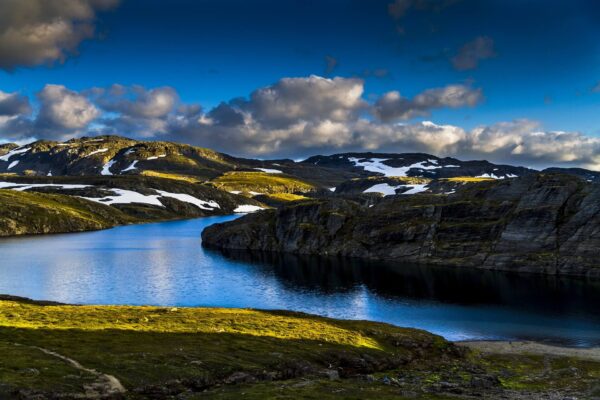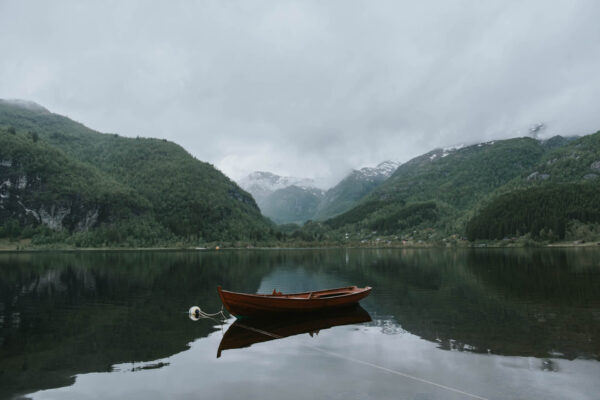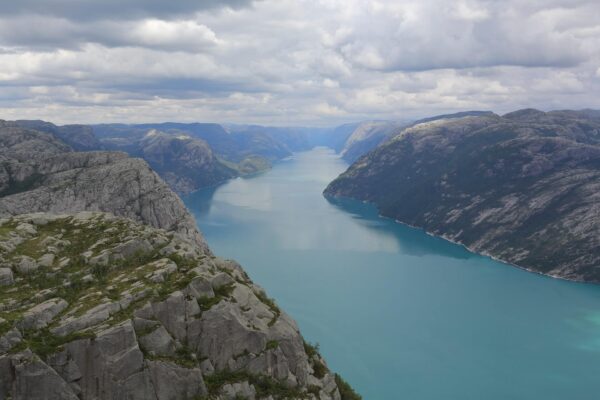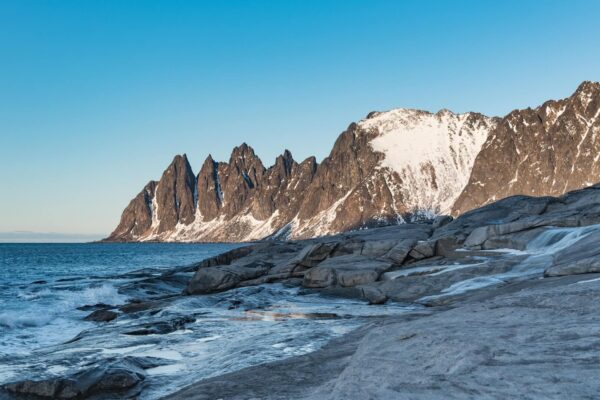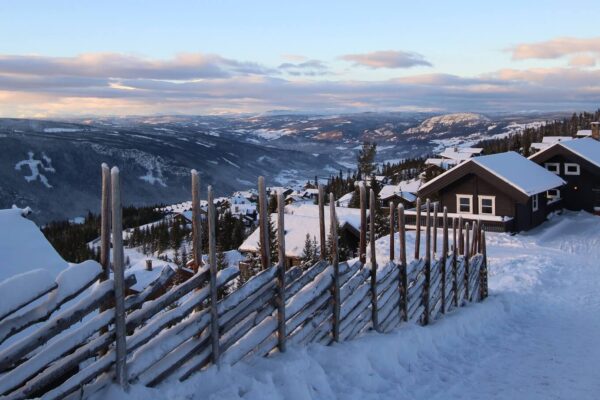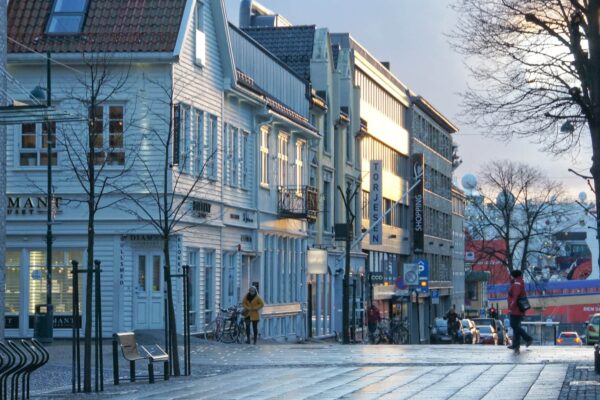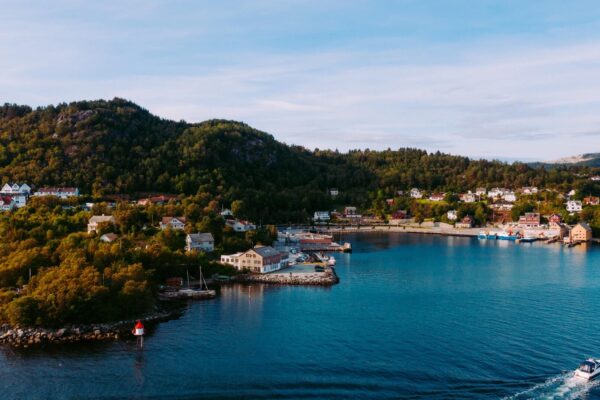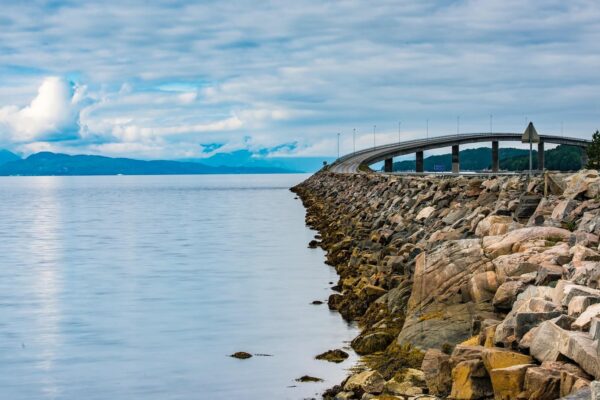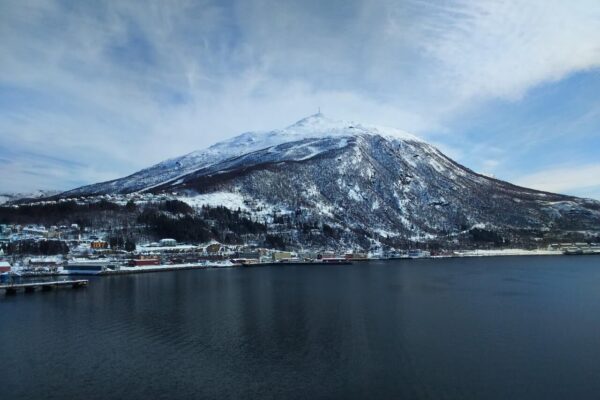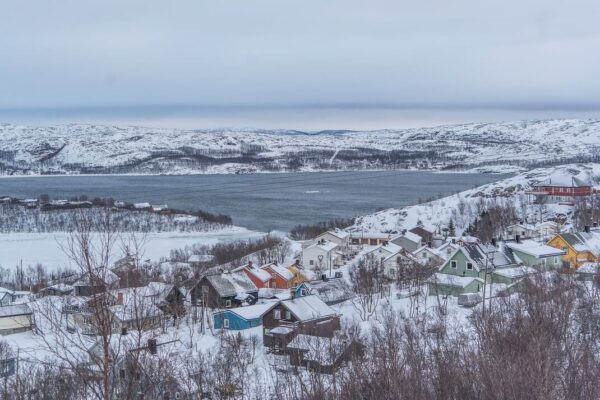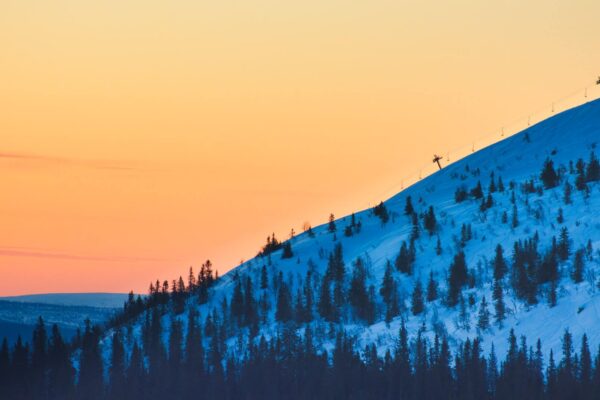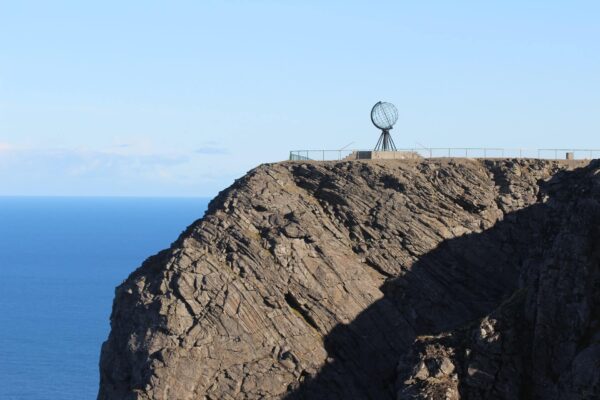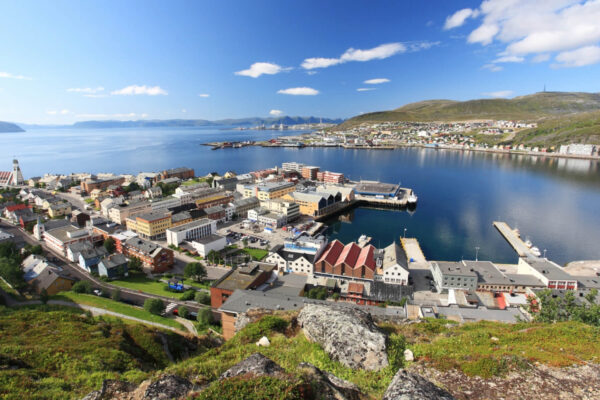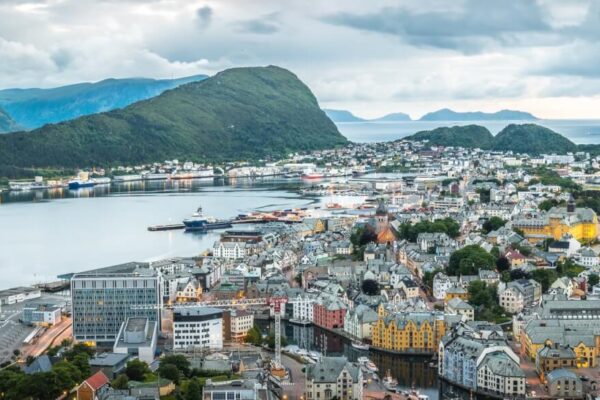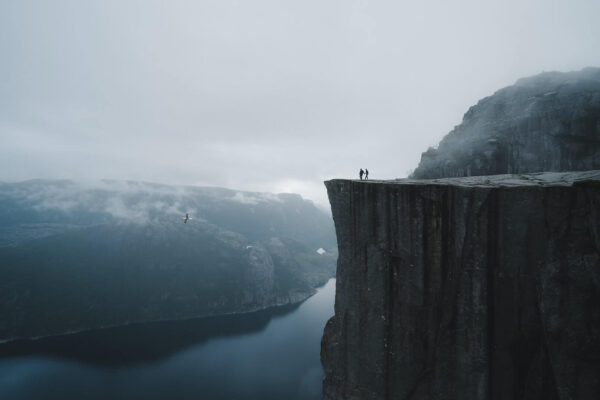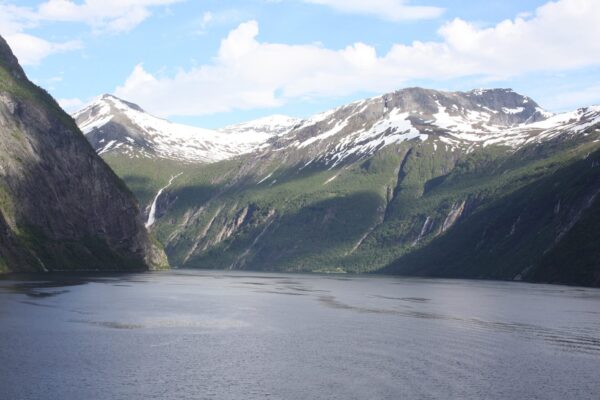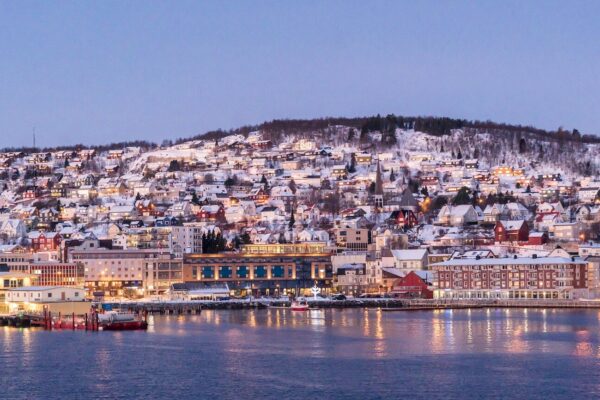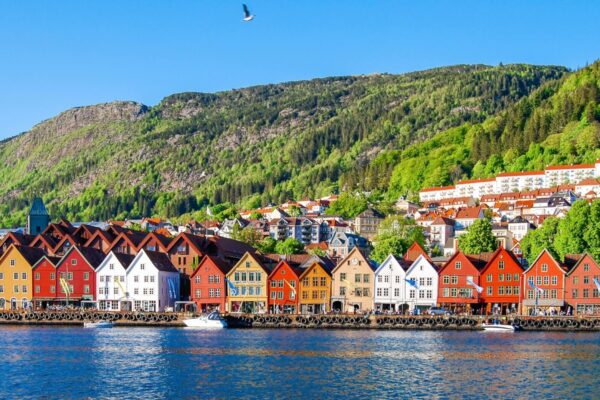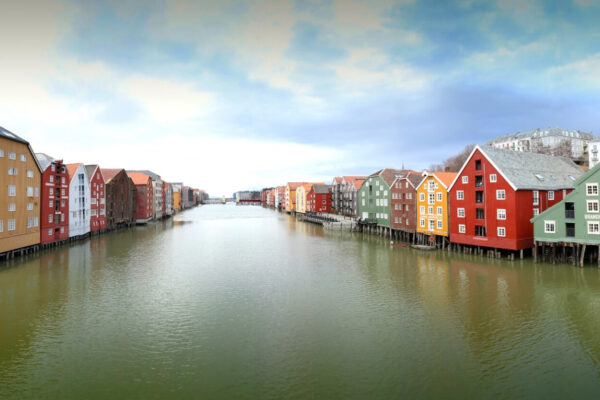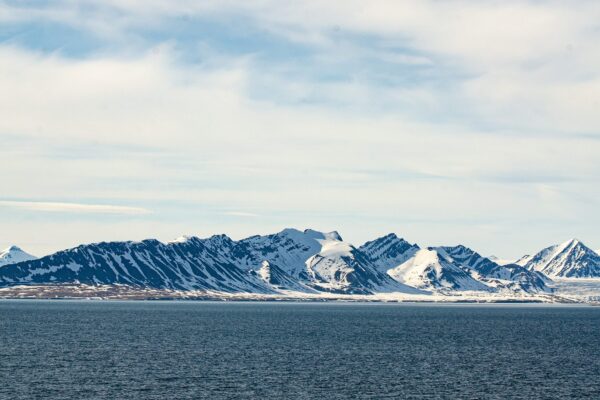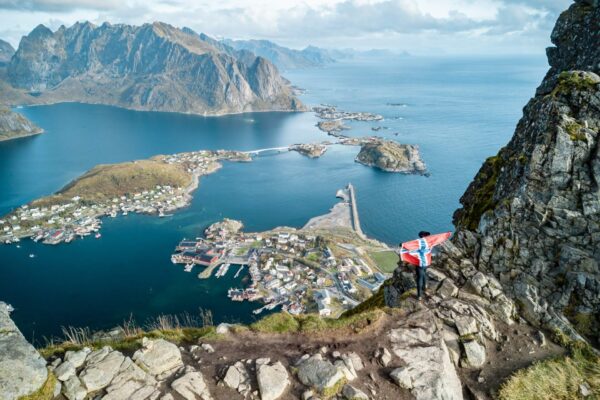At 204 kilometres long, the Sognefjord is not only the longest fjord in Norway, but with a depth of 1308 metres it is also the deepest – and worldwide it is only surpassed in these categories by Kangertittivaq in Greenland. So it’s no wonder that there is so much to discover and experience along the fjord, whether on land or on the water! Find out here what you shouldn’t miss out on at the “King of the Fjords”, where the best places to stay are and when the best time to visit is.
Holidays on the Sognefjord
The Sognefjord is one of the most popular holiday destinations in Norway, as it attracts visitors with its breathtaking nature, which is typical of the country. The clear waters of the fjord meander through rough rugged mountains and glaciers – this is the postcard idyll of Norway. So it’s clear that outdoor enthusiasts in particular get their money’s worth here, because the best way to get to know the Sognefjord is on a hike, a kayak tour, on a bike or while fishing.
But the area also has a lot to offer culturally. In the Sognefjord region there are numerous picturesque towns and villages that welcome tourists, whether on a camping holiday or just for a day trip. Many of these places have a traditional church – including the oldest stave church in the world, which is also a UNESCO World Heritage Site, as well as the most beautiful tributary of the Sognefjord, the Nærøyfjord, which is also the narrowest fjord in the world.
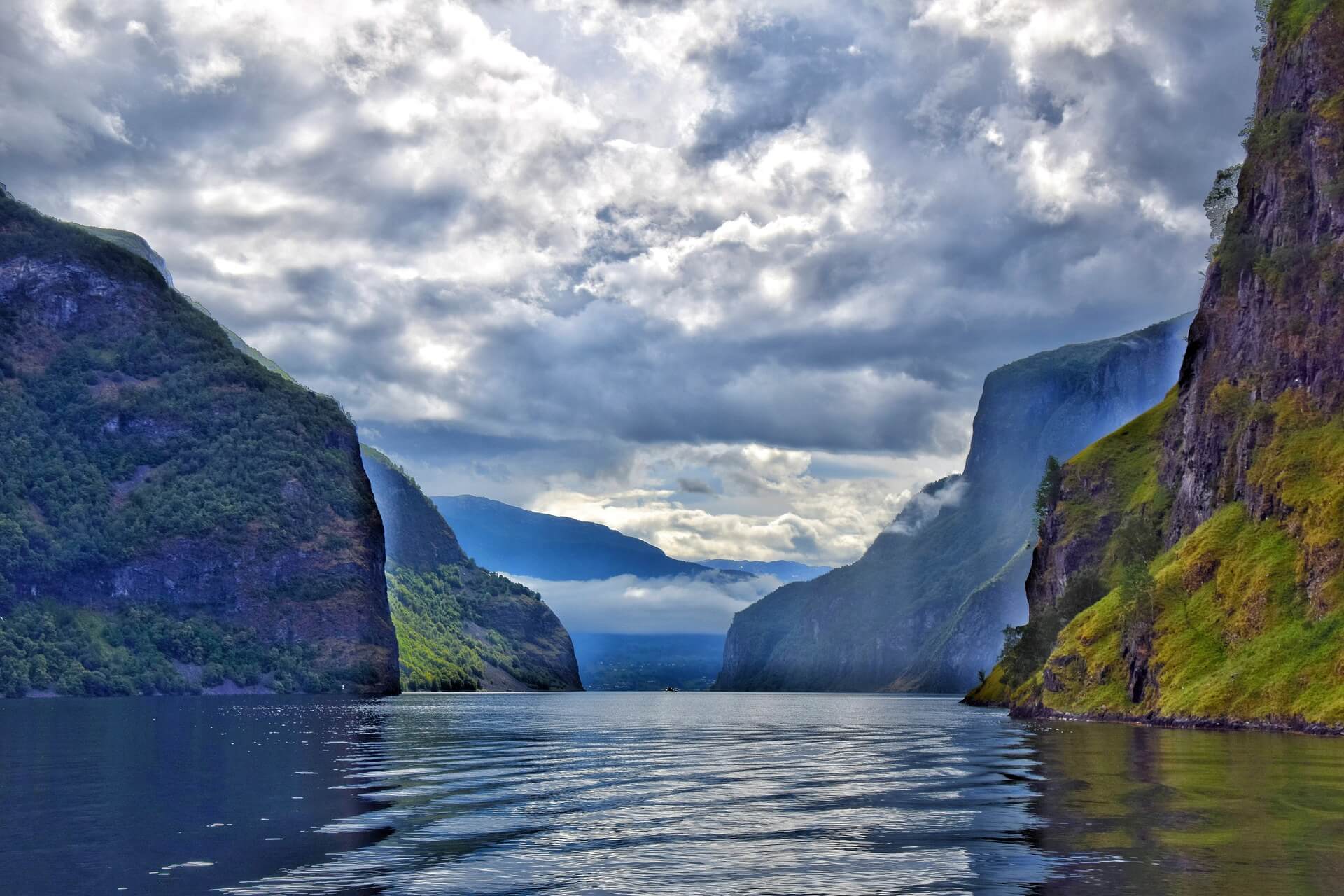
Incidentally, the name of the fjord and the historic province of Sogn is derived from the Norwegian word “súga”, which means “to suck” and refers to the strong tidal currents at the mouth of the fjord.
Where is the Sognefjord located?
The Sognefjord is located in the Norwegian province of Vestland in the west of the country. It crosses the province on more than 200 kilometres from the village of Skjolden in the east and the municipality of Årdal inland to Sygnefest, which lies around 80 kilometres north of Bergen, where it flows into the Norwegian Sea. From the Norwegian capital Oslo, it is about 360 kilometres by car to the Sognefjord.
Weather at the Sognefjord
The climate on the Sognefjord is, as is usual in Norway, rather cool all year round, even in summer. In the warmest month of July, however, temperatures can average 19° Celsius. The best time for a holiday on Norway’s longest fjord is therefore from June to August, when the water temperatures also reach their peak (the average water temperature in August is 13° Celsius). To be on the safe side, you should always bring a rain jacket or umbrella, as rain showers are quite frequent. In the winter months, temperatures are around 0-2° Celsius.
Sognefjord: sights and activities
Places on the Sognefjord: Vik, Flåm and Co.
The shores of the Sognefjord are home to a whole series of idyllic fjord villages that are well worth a visit. The best way to visit them is by boat tour and round trip, but they can also be easily reached by car thanks to ferries. Highlights include Vik on the south shore, where you can visit the Hopperstad stave church; Solvorn, which attracts visitors with its idyllic whitewashed wooden houses and a family-friendly sandy beach; the book town of Fjærland, where you can pick up new reading material from all over the world seemingly everywhere surrounded by steep peaks; or the village of Flåm, where you can travel on the Flåmban, one of the most spectacular and beautiful train lines in the world.
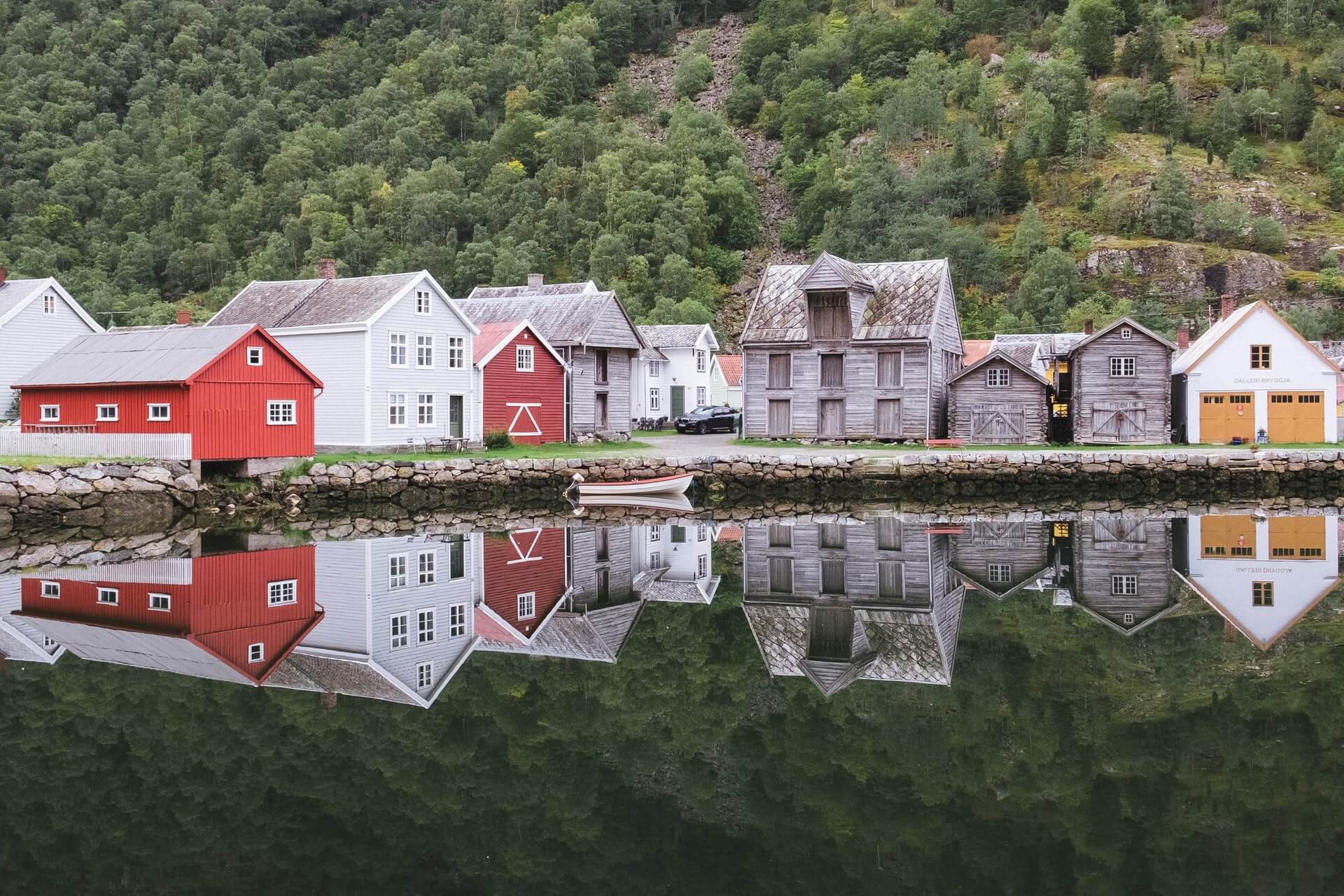
Outdoor activities: Hiking, fishing and more on the Sognefjord
The breathtaking nature of the region around the Sognefjord is a paradise for outdoor enthusiasts all year round. There are beautiful hiking trails, challenging mountain bike tours and, of course, plenty of water for canoeing or kayaking. If you want to take it a little easier, you can enjoy the spectacular natural scenery while fishing on the Sognefjord, where you can catch trout as well as many other species of fish.
A popular place for hiking is the Utladalen valley, for example, where you can marvel at two spectacular waterfalls, the world’s highest free-falling waterfall and the impressive single-tier Vettisfossen waterfall, which plunges 275 metres. Other destinations include the mountain and viewpoint Molden, which is considered the most beautiful viewpoint in Luster and from which you can see large parts of the fjord, the legendary Aurlandsdalen valley or the King’s Road, which leads over the mountain Filefjell. Glacier hikes over the Jostedalsbreen glacier or its arms Nigardsbreen and Fladbreen are also offered as part of guided tours.
In winter, the shores of the Sognefjord are transformed into a paradise for winter sports enthusiasts. The magic of the Norwegian fjords can be enjoyed on skis and snowboards against a fantastic backdrop, and snowshoe hikes and dog sledding are also on offer – so a visit to the Sognefjord is also worthwhile in the winter months.
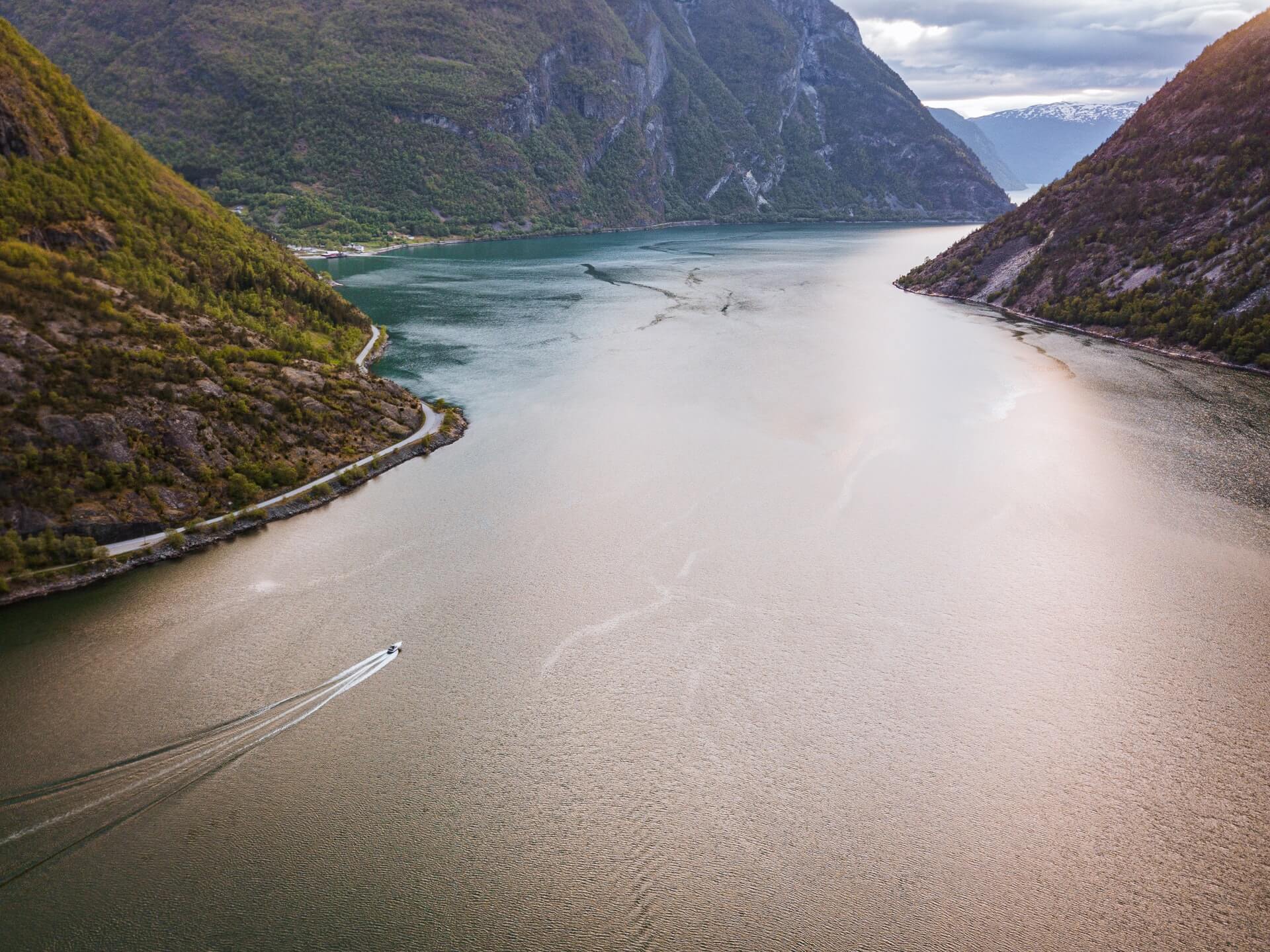
Fjærland Glacier Museum
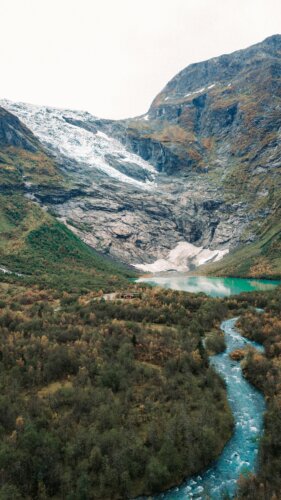
In the shadow of the Jostedalsbreen, Europe’s largest continental glacier, lies the town of Fjærkand, which is not only a city of books, but also home to the Norwegian Glacier Museum. Here, visitors can learn a lot about glaciers and climate in an impressive exhibition. The main exhibition consists of 24 exhibits categorised into four main themes. Among other things, it deals with the formation of glaciers and the associated formation of fjord landscapes and the relevance of glaciers in climate research.
In the subsequent Ulltveit Moe Climate Centre, visitors can go on a spectacular journey on which they experience large parts of the Earth’s history – right up to the possible future of glaciers in changing climate conditions. An informative and impressive film about the Jostedalsbreen glacier is shown every half hour in the museum’s own panorama cinema. The museum is open daily from April to October.
Urnes Stave Church
Urnes Stave Church is located in the village of Ornes, on the eastern shore of the Lusterfjord, a branch of the Sognefjord. The church is the oldest surviving church of its kind in the world, with its origins dating back to 1100 and the surviving building dating back to the 12th and 13th centuries. It has been a UNESCO World Heritage Site since 1979. The church combines the traditions and arts of the Vikings with Romanesque architecture. One of the most impressive features of the church is its elaborately carved north portal. The carvings belong to the Urnes style, the most recent style of the Nordic early Middle Ages, which developed from the Germanic animal style. If you want to experience a very special atmosphere in a time-honoured building, you should definitely plan a visit to the church.
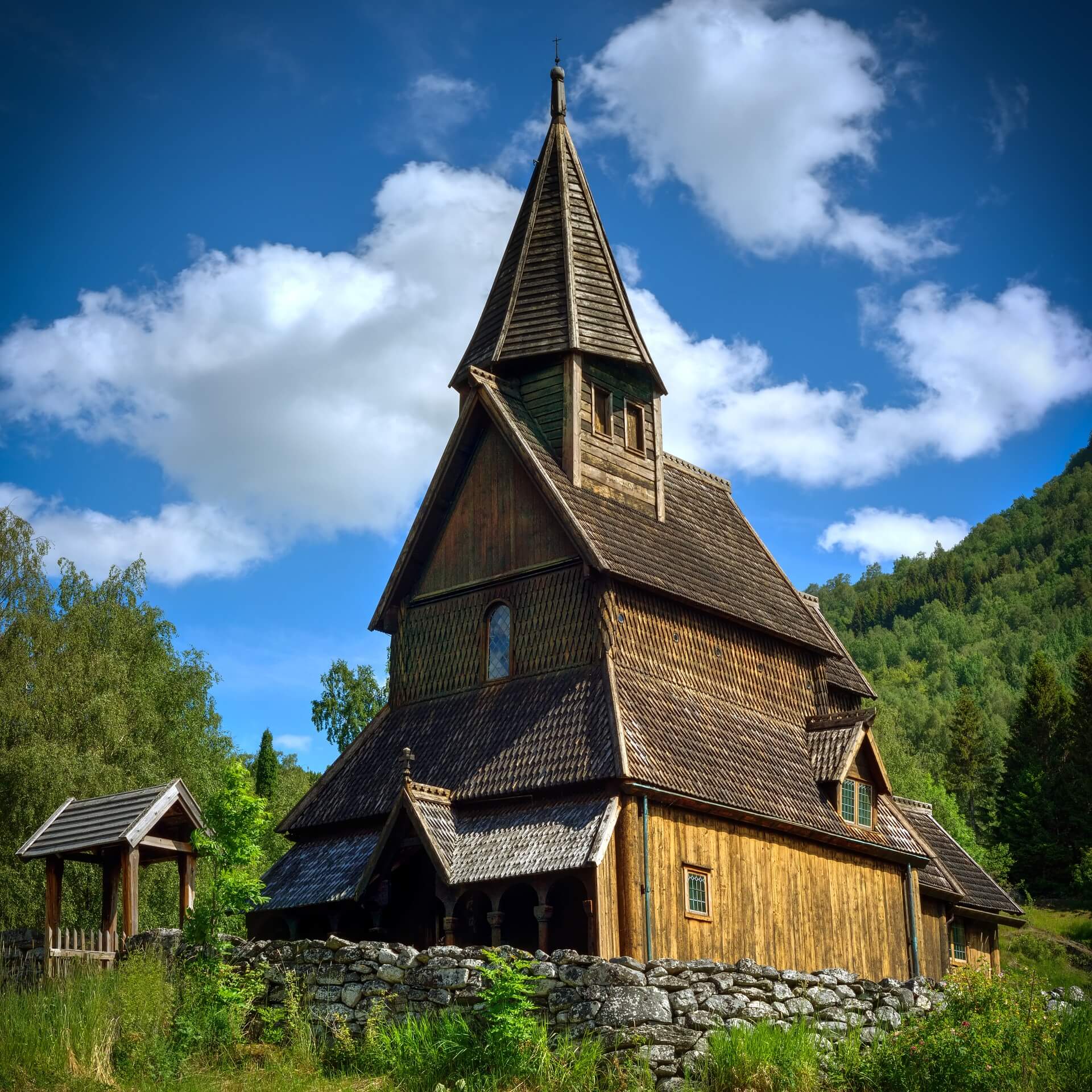
Accommodation by the Sognefjord
Holiday cottages by the Sognefjord
A holiday home is recommended for a longer holiday on the Sognefjord. This type of accommodation is particularly suitable for families and other larger groups, as you are very independent and have plenty of space, as well as cooking facilities. Many holiday homes are also located by the water, so you can relax and enjoy the view without having to give up the comfort of a permanent home. The many villages and towns along the Sognefjord offer a wide range of holiday homes, varying in price and size. Some holiday homes also offer a boat or space for fishing.
Camping by the Sognefjord
If you prefer something a little closer to nature and simpler, you can stay on a campsite. Camping in Norway is particularly popular in the summer months. Many campsites are located by the water and nowadays offer a range of services. They are also often an ideal starting point for hiking tours, as you can often rent accommodation such as hikers’ cabins from the campsite. Along the Sognefjord there are several campsites in the numerous villages. If you want to avoid camping altogether and are planning an adventure holiday or a road trip along the second longest fjord in the world, you can consider whether wild camping, which is permitted in Norway, could be an alternative.
Travelling to the Sognefjord
Travelling by plane
If you want to travel comfortably by plane, you can fly to the “King of the Fjords” via the major airports in Oslo or Bergen. Oslo in particular has excellent connections to the rest of Europe and to the UK. Bergen is served by flights from London, Liverpool, Manchester and Edinburgh, but of course also has many regular flights to Oslo. The regional Sogndal Airport is served by flights from Oslo and Bergen, among others. Once at the airport, it is worth getting a rental car to cover the rest of the distance. Alternatively, you can also continue your journey by public transport such as long-distance buses and trains.
